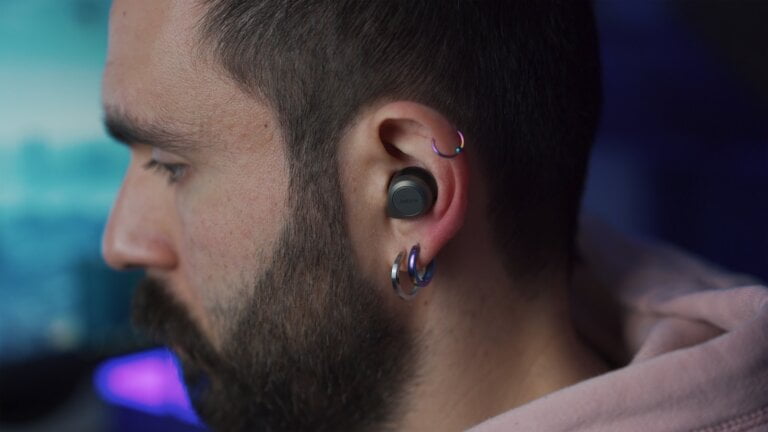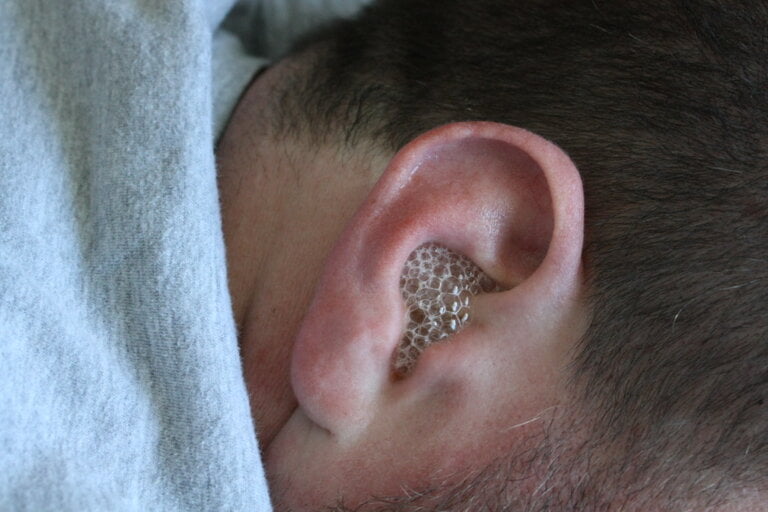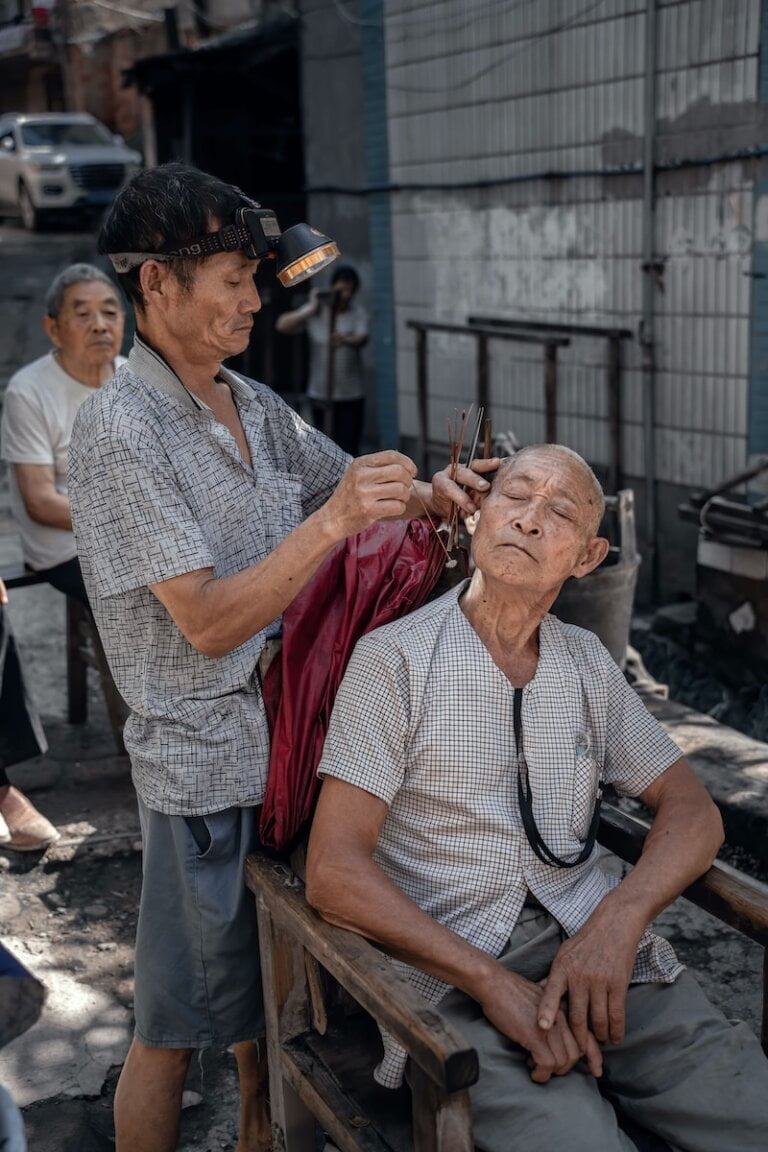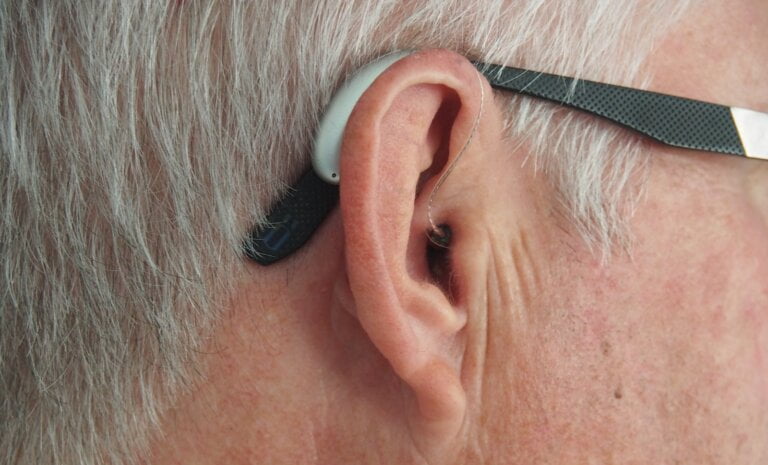Attending Workshops and Seminars in Ear Wax Removal
Last Updated on 25th April 2024 by Admin
Ear wax build-up is a common problem that affects individuals of all ages. While there are various methods to address this issue, microsuction and manual instrument ear wax removal remain the most effective techniques. To ensure safe and successful removal, it is essential for professionals to stay updated with the latest techniques and best practices. Attending workshops and seminars focused on ear wax removal can provide valuable knowledge and skills to healthcare practitioners, enabling them to deliver optimal care to their patients.
The Importance of Continuing Education in Ear Wax Removal
Continuing education is vital for professionals working in the field of ear wax removal. Advancements in technology and evolving best practices require practitioners to stay up-to-date with the latest techniques. By attending workshops and seminars, professionals can enhance their knowledge and skills, ensuring they provide the highest standard of care to their patients. These educational events offer a platform for professionals to learn from industry experts, exchange ideas, and gain hands-on experience in ear wax removal.
Access to Expert Knowledge
Workshops and seminars provide participants with the opportunity to learn from experienced professionals who specialise in ear wax removal. These experts have extensive knowledge and expertise in the field, and they share their insights, techniques, and valuable tips that can significantly enhance the proficiency of attendees. Participants can benefit from the expertise of these professionals and learn the most effective and efficient ways to remove ear wax.
Hands-on Training
Most workshops and seminars offer hands-on training sessions that allow participants to practice various ear wax removal techniques under the guidance of skilled instructors. This practical experience helps professionals build confidence and refine their skills. Through hands-on training, participants can learn the correct techniques for using instruments such as curettes, forceps, and suction devices. They can practice different methods of ear wax removal and receive feedback from instructors to improve their technique.
Networking Opportunities
These events bring together professionals from different backgrounds and regions, creating an excellent platform for networking. Networking enables participants to exchange ideas, share experiences, and establish valuable professional connections within the industry. By interacting with peers and experts in the field, professionals can gain new perspectives, learn about different approaches to ear wax removal, and build a network of colleagues they can turn to for advice and support.
Stay Updated
Workshops and seminars provide a platform to learn about the latest advancements in ear wax removal. Participants can stay updated with emerging trends, new tools, and innovative techniques, ensuring they offer the best possible care to their patients. These events often feature presentations by industry leaders who discuss the latest research findings and technological developments in the field. By staying informed about the latest advancements, professionals can incorporate new techniques into their practice and provide more effective and efficient ear wax removal services.
Professional Growth
Investing time and effort in attending workshops and seminars demonstrates a commitment to professional growth. This dedication to continuous learning enhances professional credibility and can open doors to career advancement opportunities. Employers value professionals who are proactive in updating their skills and knowledge, and attending educational events in ear wax removal can enhance professional development. By expanding their expertise and staying up-to-date with best practices, professionals can position themselves as leaders in the field and advance their careers.
Key Topics Covered in Workshops and Seminars
- Anatomy and Physiology of the Ear: Understanding the structure and function of the ear is fundamental for effective ear wax removal. Workshops and seminars often cover this topic in detail to provide participants with a comprehensive understanding of the ear’s anatomy and physiology. Participants learn about the different parts of the ear, such as the external auditory canal and the tympanic membrane, and how these structures relate to the process of ear wax removal. They also gain insights into the mechanisms of ear wax production and the factors that can contribute to excessive wax build-up.
- Ear Wax Removal Techniques: Different techniques are used for ear wax removal, and workshops and seminars offer insights into the most effective approaches. Participants can learn techniques such as microsuction, curettage, and irrigation, and understand when and how to apply each method. They learn about the contraindications for each technique, as well as the potential risks and complications associated with them. Through demonstrations and hands-on practice, participants can develop proficiency in performing these techniques safely and effectively.
- Infection Control Practices: Maintaining a sterile environment is crucial during ear wax removal procedures. Workshops and seminars emphasise infection control protocols, including proper hand hygiene, use of personal protective equipment (PPE), and sterilisation of instruments. Participants learn about the importance of following strict infection control measures to prevent the transmission of infections to patients. They receive guidance on proper handwashing techniques, the use of gloves and masks, and the correct procedures for cleaning and disinfecting instruments. By adhering to these practices, professionals can ensure the safety and well-being of their patients.
- Instrument Selection and Handling: Choosing the right instruments and handling them correctly is essential for safe and efficient ear wax removal. Participants learn about the different types of instruments available, their functions, and proper handling techniques to minimise discomfort and maximise effectiveness. They gain knowledge about the characteristics of various instruments, such as different types of curettes and suction devices, and their specific applications. They also learn how to properly hold and manipulate the instruments to achieve optimal outcomes while ensuring patient comfort.
- Patient Communication and Counselling: Effective communication with patients is vital for successful ear wax removal. Workshops and seminars emphasise the importance of patient education, informed consent, and counselling techniques to ensure a positive patient experience. Participants learn strategies for explaining the ear wax removal process to patients, addressing their concerns, and managing their expectations. They also learn how to provide appropriate aftercare instructions and advice to promote healing and prevent complications. By improving their communication and counselling skills, professionals can establish trust and rapport with their patients, leading to better treatment outcomes.
Conclusion
Attending workshops and seminars focused on ear wax removal is highly beneficial for healthcare professionals. These educational events provide access to expert knowledge, hands-on training, networking opportunities, and the latest advancements in the field. By continuously updating their skills and staying informed about best practices, professionals can provide optimal care to their patients, ensuring safe and effective manual instrument ear wax removal procedures.







